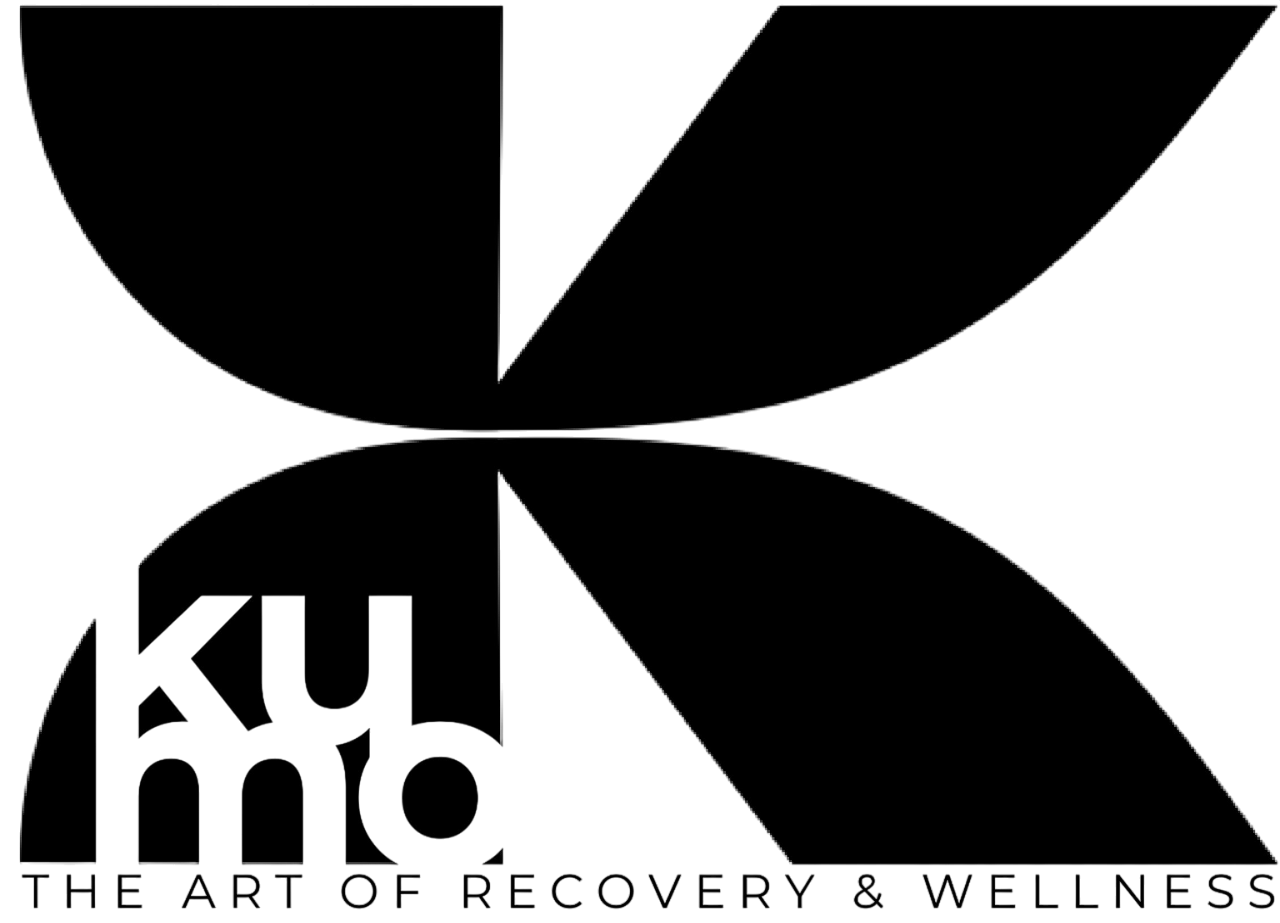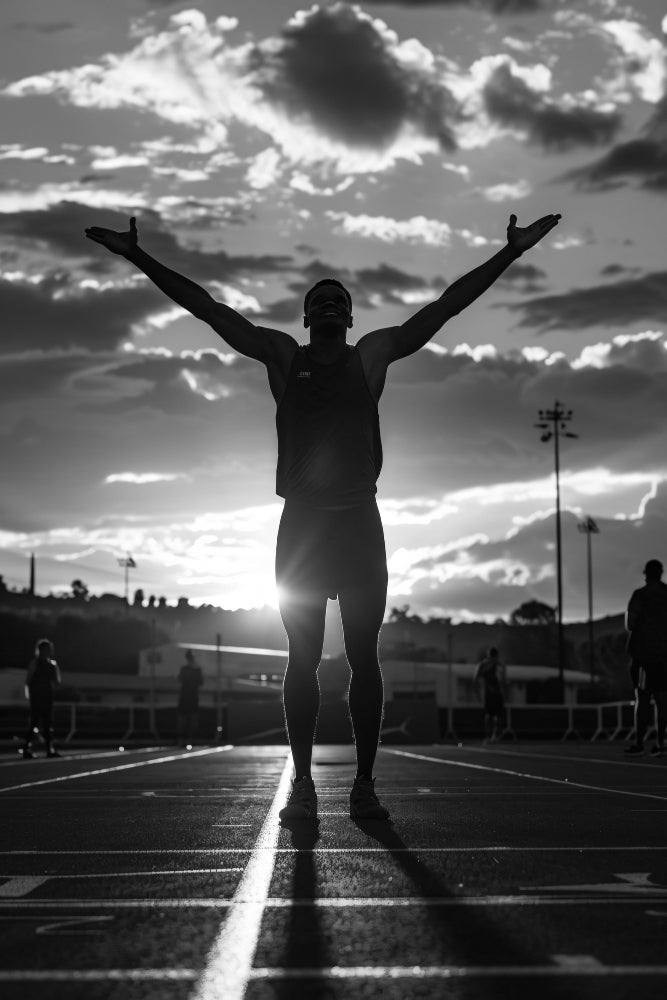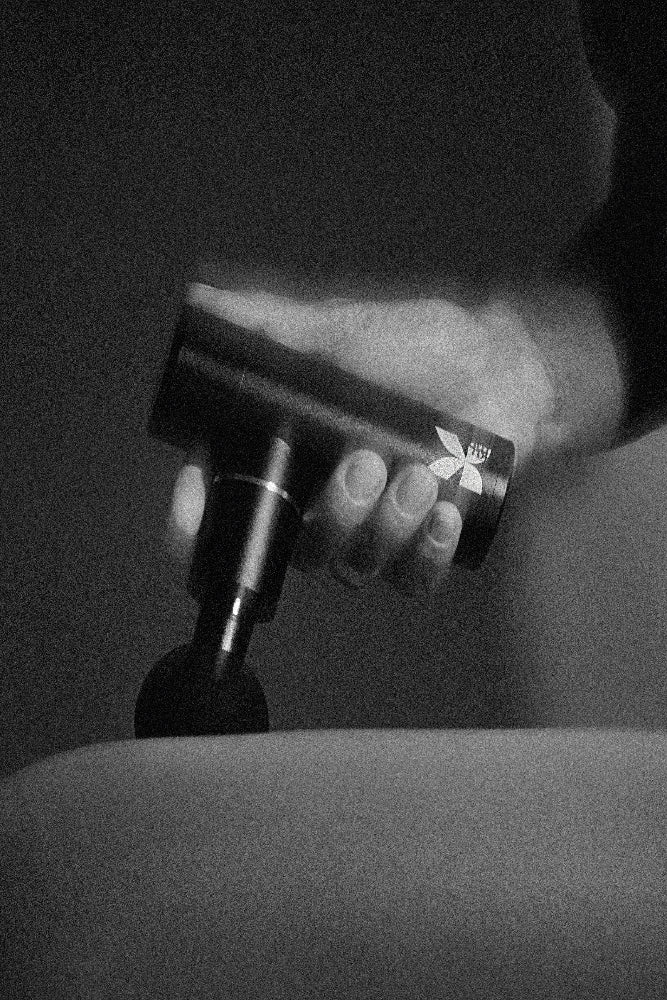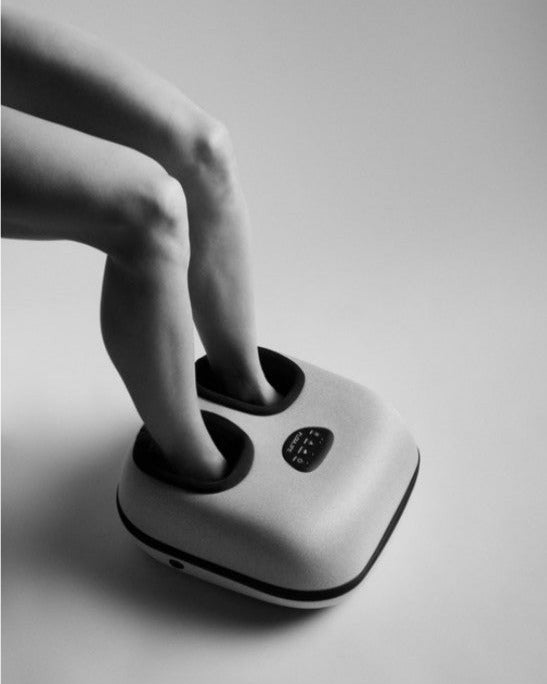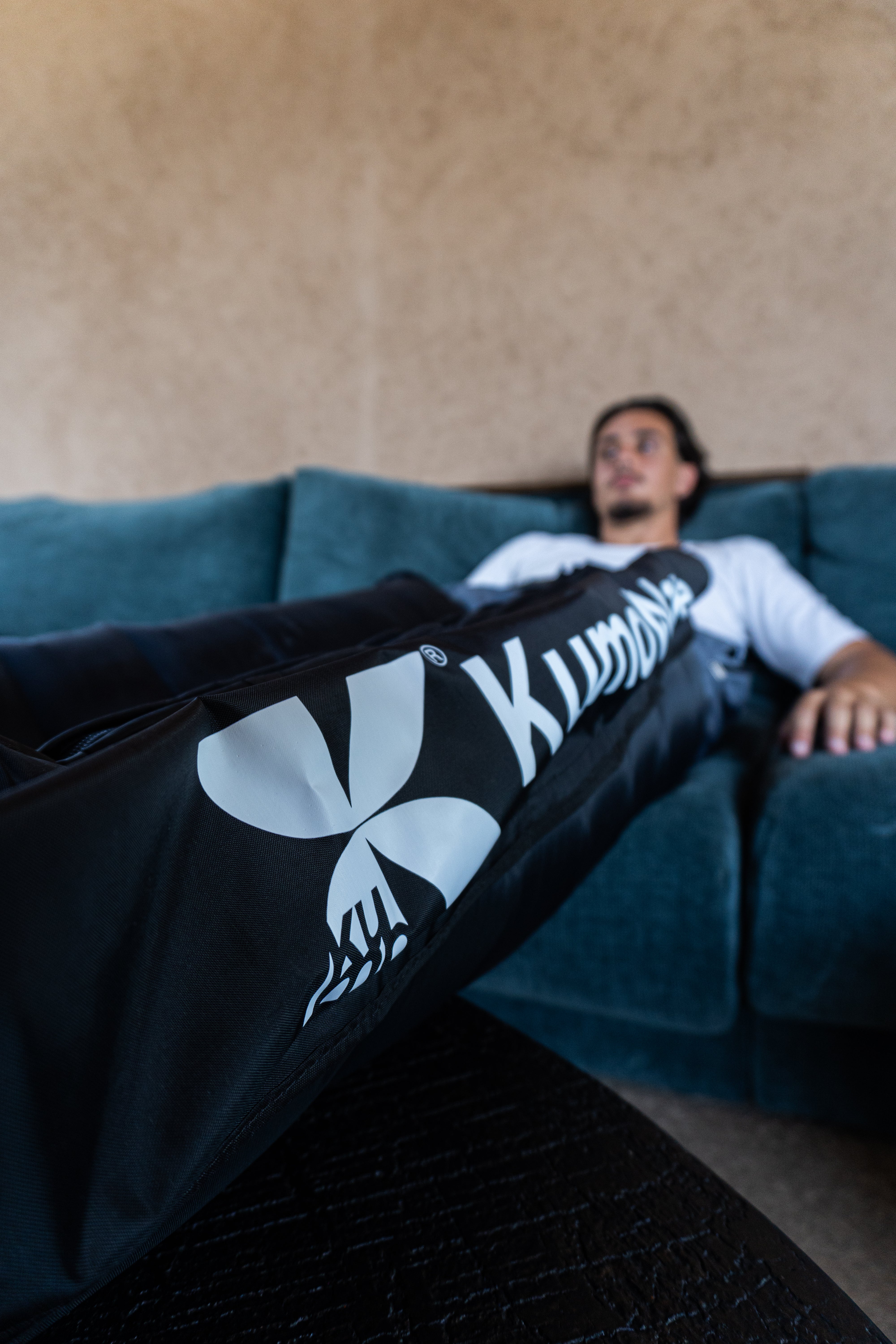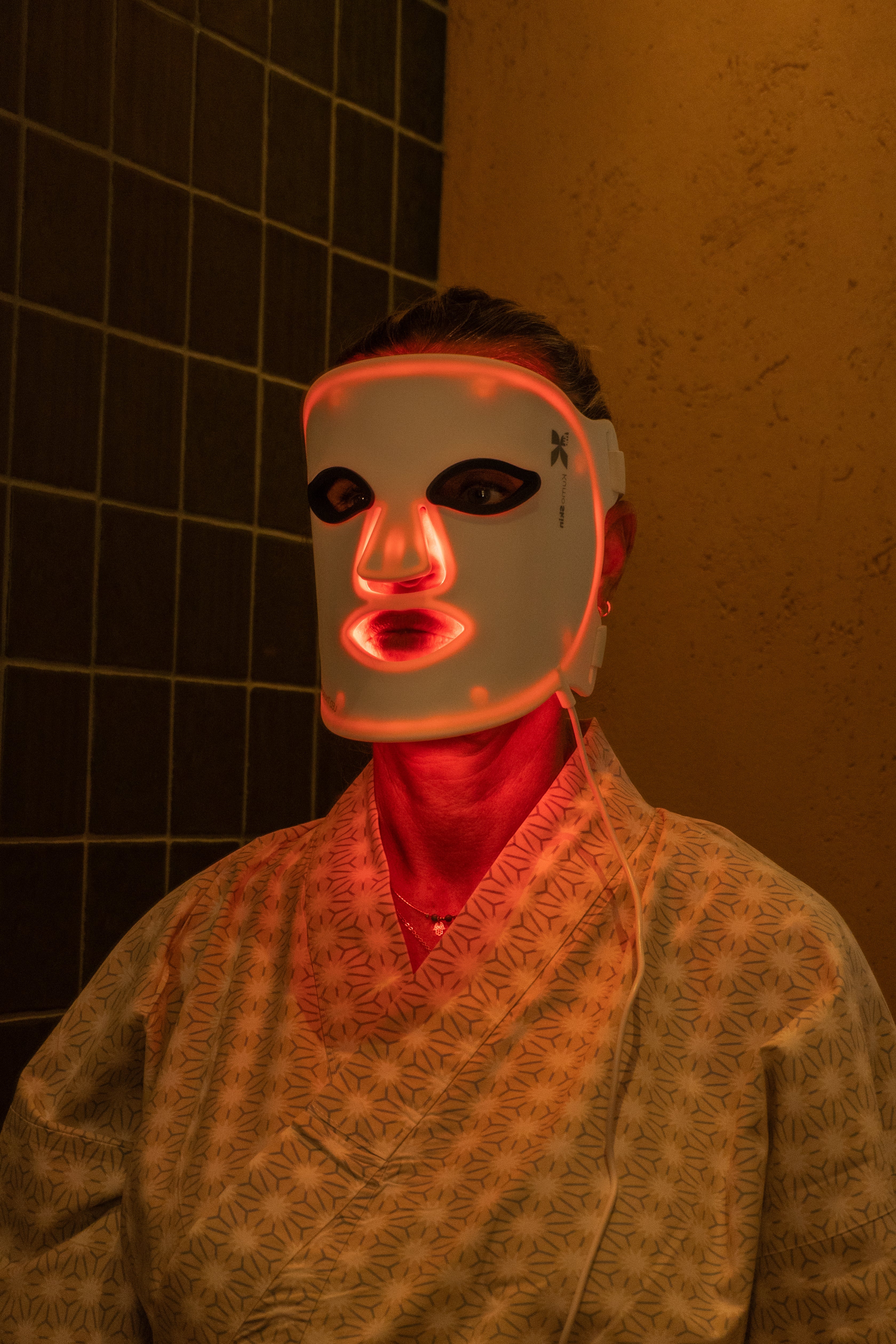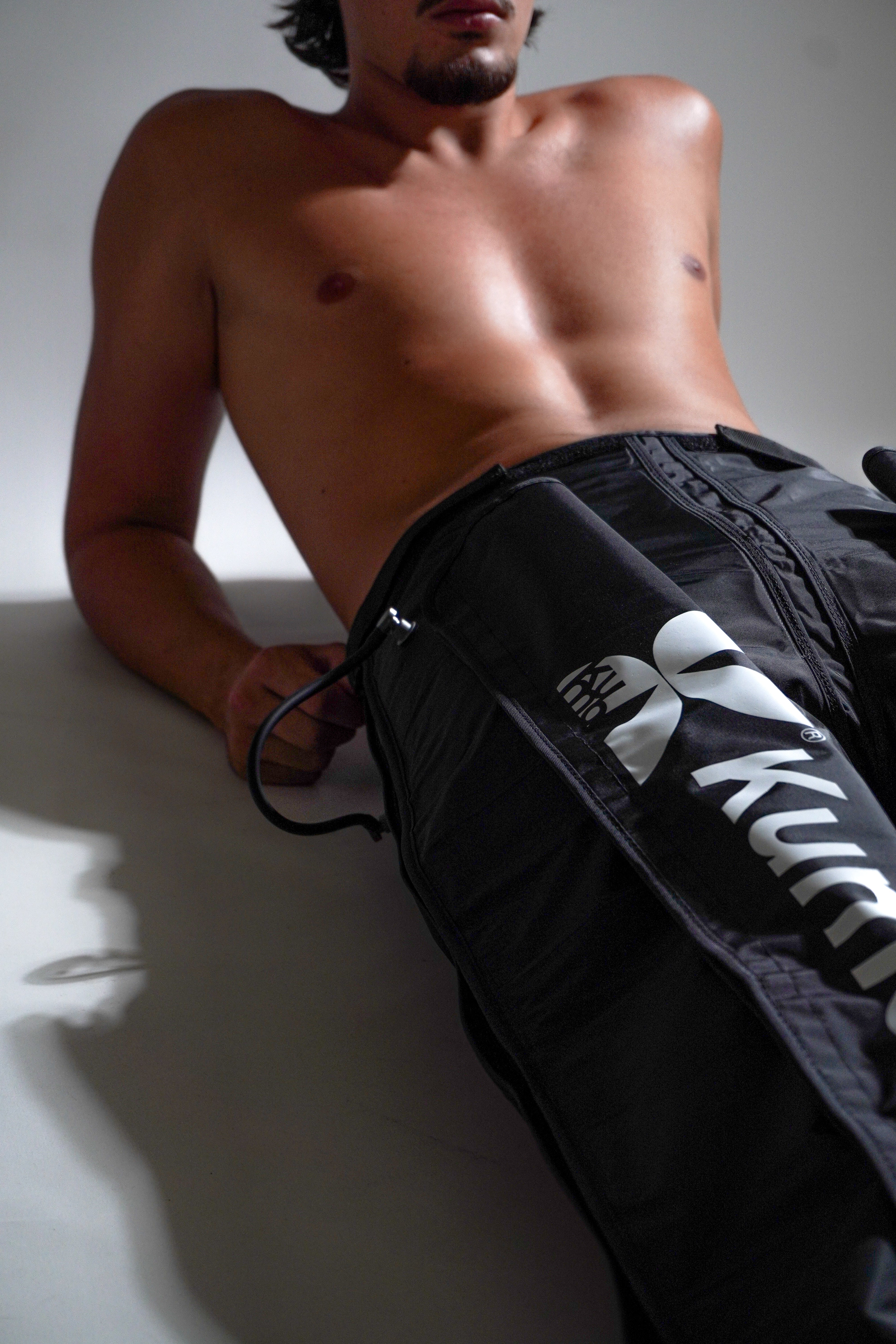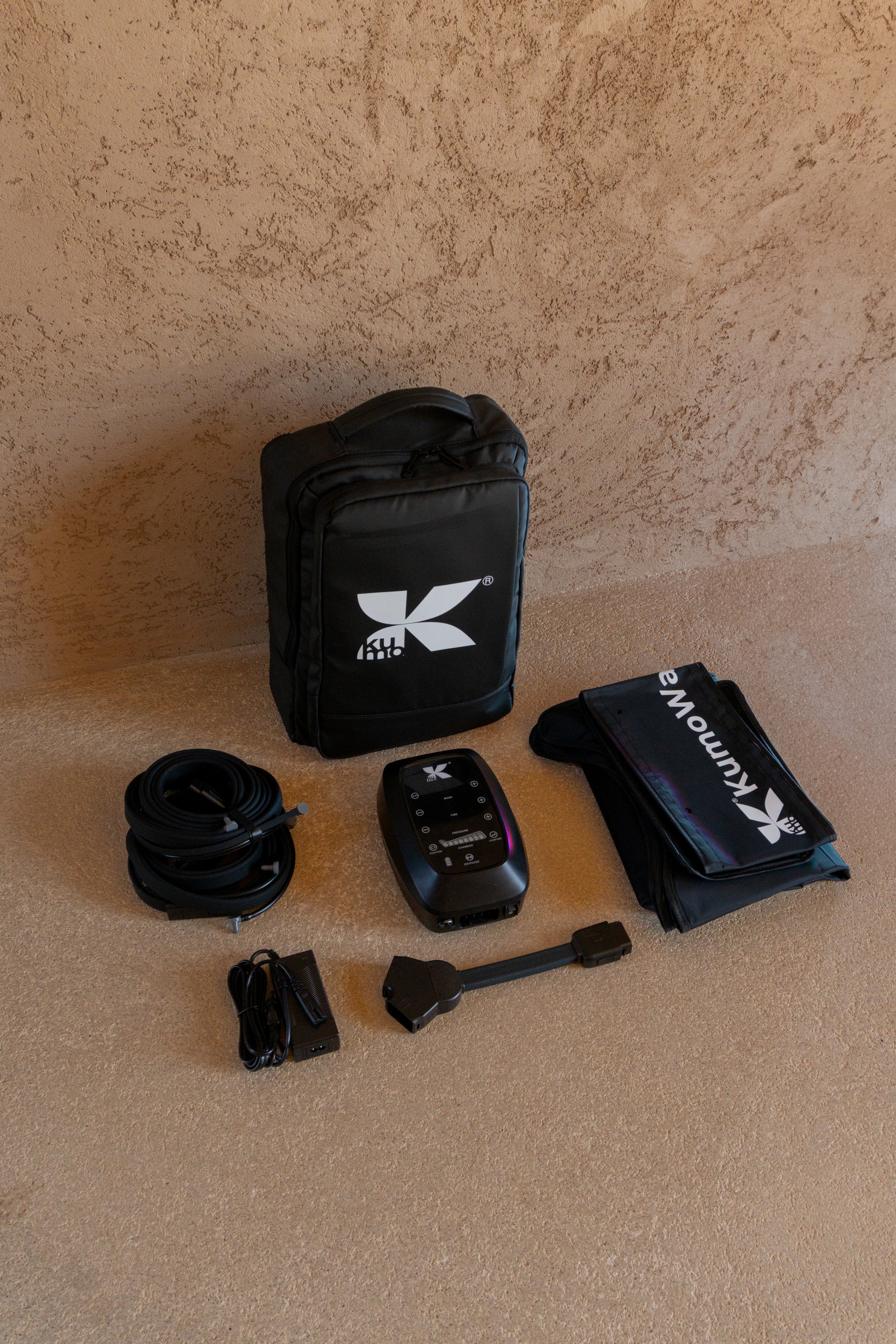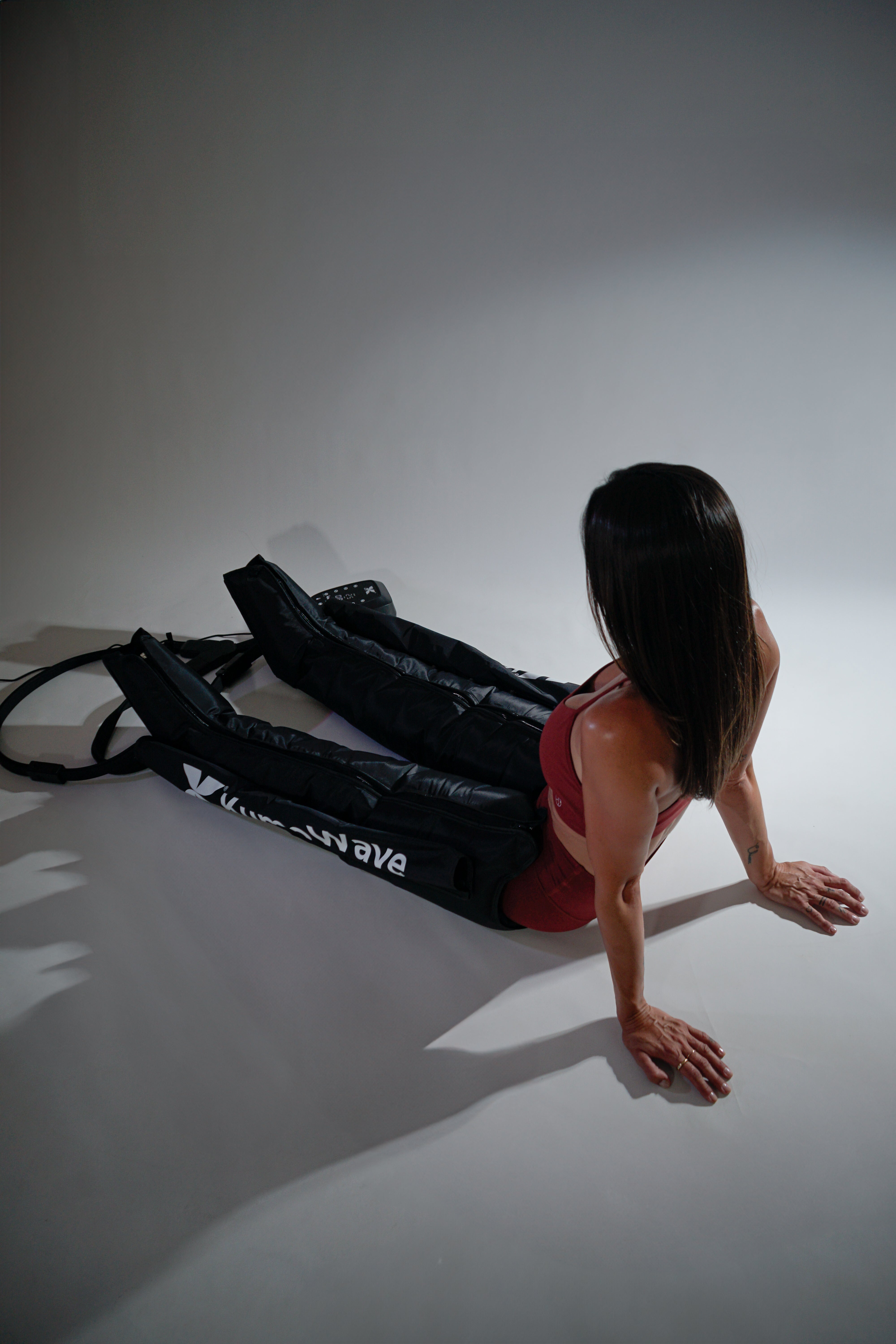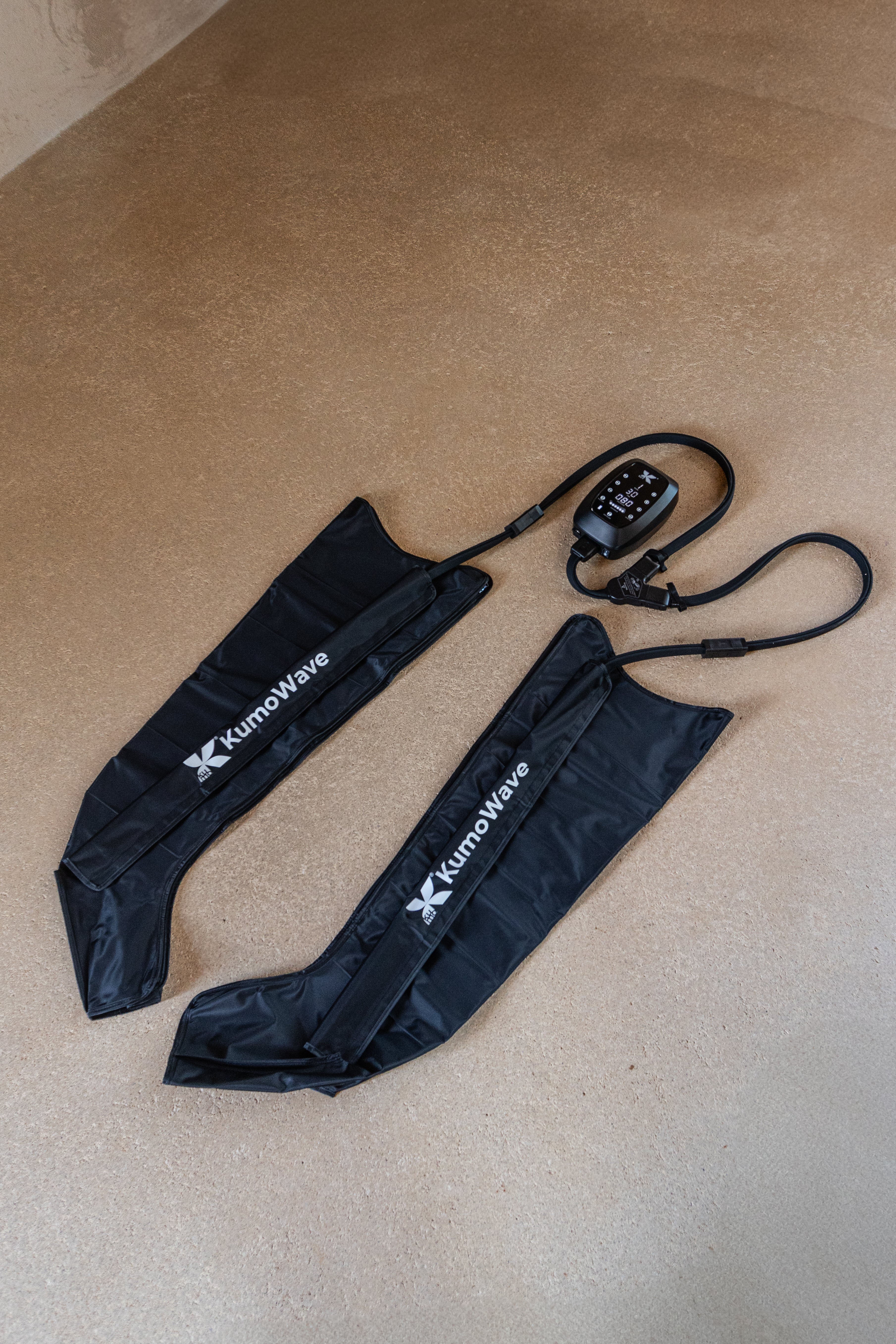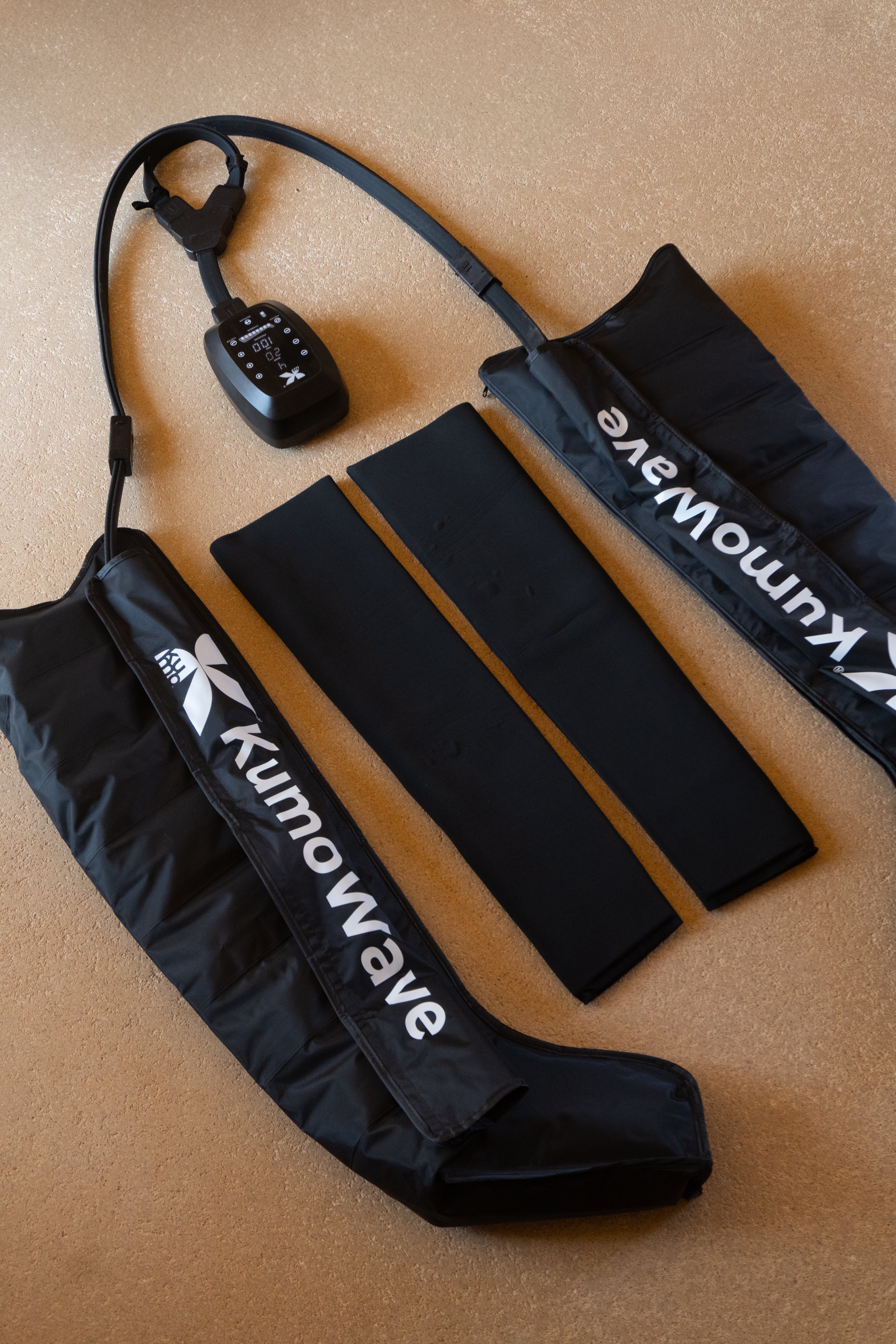Lymphatic drainage in 2025: what it is, what it's for, and what's new. Lymphatic drainage is a set of techniques that stimulate lymphatic circulation to reduce edema, relieve heavy legs, and promote recovery. Here, you'll find out what recent scientific evidence says, the latest technological advances, and how to integrate it with modern recovery tools while maintaining safety.
Coming soon
- Reduces swelling and heaviness by facilitating the return of fluids and waste.
- Best results when combined with compression, movement and breathing.
- Sequential pressotherapy offers a comfortable and measurable alternative at home.
- Red/NIR photobiomodulation and percussive massage can complement recovery.
- Safety first: Consult if you have acute infection, thrombosis, active cancer, or heart failure.
What is lymphatic drainage and how does it work?
The lymphatic system in 30 seconds
The lymphatic system collects excess fluid, proteins, and cells from tissue to return them to the venous circulation, in addition to participating in immunity. When its function is compromised or fluid load increases, edema occurs: swollen legs, a feeling of heaviness, or lymphedema. Stimulating this flow with manual techniques, compression, and movement helps to "unblock" and redistribute the fluid.
Most commonly used techniques: manual and compression
- Manual lymphatic drainage (MLD): gentle, rhythmic maneuvers that promote lymph node emptying and lymphatic transport.
- Intermittent pneumatic compression (pressotherapy): boots that inflate and deflate using chambers, creating a gradient from the foot to the thigh to promote venous and lymphatic return.
- Supplementary supports: compression bandage/stockings, gentle aerobic exercise, diaphragmatic breathing, and leg elevation.
What the evidence says today
- Lymphedema: Compression remains the mainstay of management; MLD may provide symptomatic relief in some cases, although evidence of additional benefit compared to compression alone is variable according to Cochrane reviews (2015, subsequent updates). See abstract in Cochrane Library .
- Guidelines: The International Society of Lymphology (ISL, 2020) consensus emphasizes complex decongestive therapy (compression, skin care, exercise, and MLD) as standard, with individualization by stage and comorbidities.
- Well-being and recovery: Pressotherapy may reduce perceived fatigue and post-exertional edema; the quality of evidence in athletes ranges from low to moderate based on trials published between 2018 and 2023. For an overview of lymphedema, see MedlinePlus (NIH) and the guide of the NHS .
Key idea: Combining techniques and habits (compression + movement + breathing + skin care) yields more than a single method in isolation.
News and studies 2025: what changes and what remains the same
Consensus and evidence-based practice
- Compression is consolidated as the basis for the treatment of lymphedema and venous insufficiency. MLD remains a well-tolerated adjuvant, most useful in early stages or for symptom relief.
- Greater emphasis on education, self-care, and adherence: protocols for shorter, more regular sessions at home, with professional follow-up when appropriate.
Technology applied to drainage
- “Smart” sequential pressotherapy: finer pressure patterns and customizable profiles for different needs (sports recovery, tired legs, venous return). If you're looking to integrate this technology into your routine, explore the section on pressotherapy .
- Photobiomodulation (red and near-infrared LEDs): can support microcirculation and modulate inflammatory processes, useful as a complement to muscle recovery and sleep. Discover the LED light therapy .
- Home monitoring: edema diaries, perimeter measurements, and standardized photographs; some practitioners use bioimpedance or ultrasound to monitor volume changes.
Emerging research to watch
- NIR fluorescence lymphatic imaging to customize drainage trajectories.
- Combination of guided breathing exercises and compression to enhance lymphatic pumping.
- Better designed trials in athletes comparing pressotherapy with active recovery and rest.
How to integrate it into your recovery routine
Athletes: from post-workout to rest day
- 15–30 minutes of low-to-medium pressure pressotherapy 1–2 hours after intense sessions promotes fluid return. Adjust the program for comfort, not pain.
- Add 5–10 minutes of diaphragmatic breathing and leg lifts to enhance the effect.
- At night, a short session of red/NIR light can support relaxation and sleep quality, which is key to tissue repair.
- To release specific tension, gentle percussive massage around (not on) congested areas helps with venous-muscle return. Try a device like KUMO Pulse Air .
Office and tired legs
- Microhabits: 3–5 active breaks of 3 minutes/day (walking, tiptoe-heel movements) + 1–2 short pressotherapy sessions at the end of the day.
- Hydration, graduated compression socks, and elevation for 20–30 minutes support return.
- If this is your first time with these routines, learn the philosophy and solutions in the start of KUMO .
Postoperative care and lymphedema: always with professional guidance
- After surgery or in established lymphedema, the plan should be individualized. MLD may be prescribed in specific phases, and graduated compression is central.
- Pressotherapy is used with conservative parameters and supervision to avoid overloading affected areas.
- If you are unsure which modality is right for you, please contact us: KUMO team .
Safety and contraindications
Lymphatic drainage and pressotherapy are well tolerated by most people, but there are situations where they should be avoided or require medical authorization:
- Active or suspected deep vein thrombosis.
- Acute infection (cellulitis), fever, uncontrolled wounds.
- Decompensated congestive heart failure, cardiogenic edema.
- Uncontrolled hypertension, advanced kidney failure.
- Untreated active cancer in the area, or during radiotherapy/immediate postoperative without medical indication.
- High-risk pregnancy: Consult before using pressure on lower extremities. If pain, increased swelling, numbness, or changes in skin color occur, stop the session and consult a healthcare professional.
Quick summary table
| Method | Evidence (reference) | Probable benefit | Ideal for |
|---|---|---|---|
| Graduated compression / pressotherapy | ISL 2020; Rehearsals 2018–2023 | Reduces edema and heaviness; accelerates perceived recovery | Tired legs, post-workout, lymphedema support with guide |
| Manual lymphatic drainage (MLD) | Cochrane 2015 (postmastectomy) | Symptomatic relief; variable additional effect on volume | Mild edema, local discomfort, combination with compression |
| Exercise + breathing | ISL 2020 | Enhances lymphatic and venous return | Daily maintenance and prevention |
| Red/NIR photobiomodulation | Reviews 2018–2023 | Microcirculation support and post-exertion comfort | Recovery and night rest |
| Percussive massage | Studies 2020–2022 | Less DOMS, better mobility; contributes to the return | Muscle stiffness without complicated edema |
FAQ
How long does a session last and how many sessions do I need to notice changes?
For well-being and tired legs, 15–30 minutes of pressotherapy or 30–45 minutes of MLD are usually sufficient. Many people experience relief after the first or second session; for more stable changes, consider 2–4 weeks of regular use (3–5 days/week), along with movement and elevation. For lymphedema, protocols are longer and customized by your practitioner. Adjust intensity and duration to ensure comfort and freedom from pain and numbness.
Pressotherapy or manual drainage: which is right for me?
If you're looking for consistency and convenience at home, pressotherapy offers reproducible and easy-to-schedule sessions. MLD provides a highly targeted, manual approach and can be ideal for sensitive areas or when a therapist guides the lymphatic pathway. In practice, combining both with daily compression and gentle exercise is the most robust strategy. Start with what you can maintain regularly and assess results after 2–3 weeks.
Does it help with cellulite or fluid retention?
Drainage helps mobilize fluids and reduce tissue inflammation, which can temporarily improve the feeling of heaviness and the appearance of congestion. However, cellulite is multifactorial (connective tissue, subcutaneous fat, microcirculation), and there is no single "cure." Best results are achieved when you combine habits: physical activity, strength, rest, hydration, and skin care. Pressotherapy and DLM are adjuvants; they do not replace these pillars.
Is it safe during pregnancy?
In uncomplicated pregnancies, gentle LMD maneuvers and low-pressure pressotherapy can be comfortable for relieving leg swelling. Avoid high pressures and positions that compromise venous return, and stop the session if you experience any discomfort. In high-risk pregnancies, preeclampsia, complicated varicose veins, or a history of thrombosis, consult your obstetrician first. Safety takes precedence over any aesthetic or performance goals.
Can I use pressotherapy after surgery?
It depends on the procedure and the recovery phase. After surgeries with a risk of lymphedema or in the recent postoperative period, it should be prescribed by a professional, starting with conservative parameters and avoiding areas with stitches, drains, or acute inflammation. Elastic compression and MLD may be indicated at specific times during the process. If you need guidance, write to us through Contact .
To remember
- Lymphatic drainage works best as part of a plan: compression, movement, and breathing.
- Pressotherapy facilitates consistent sessions at home; adjust the pressure and duration to suit your needs.
- Evidence supports combined use and customization according to objective and context.
- Safety first: know your contraindications and consult if you have any medical conditions.
- Complements such as red/NIR light and percussion massage contribute to recovery and rest.
- Ready to take the next step? Discover recovery solutions at KUMO and explore our pressotherapy and LED light therapy .
